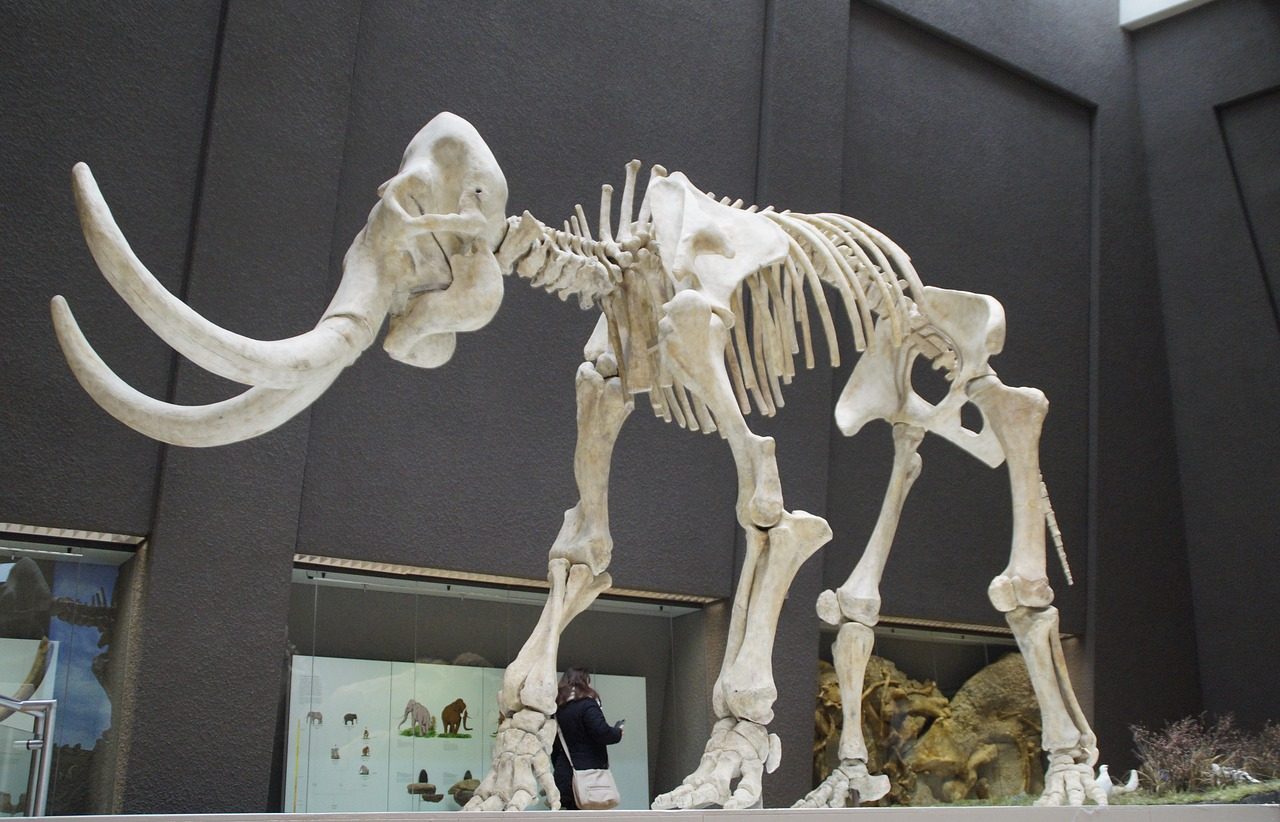
The nomenclature of molecular formulas is established by the IUPAC.
Nomenclature is a list of names of people or things. The term comes from the Latin word nomenclatūra .
The nomenclature makes possible the development of a classification , proposing a specific terminology in which each denomination is unequivocal. It can be said that it is a naming system for the identification and categorization of elements.
Scientific names, in this framework, allow for a unique designation of the names of species, substances, etc. Experts must follow nomenclature standards , naming protocols, classification codes, and conventions to carry out the process.
Types of nomenclature
In biology , nomenclature is a subdiscipline of taxonomy that is responsible for regulating the names of taxa. In this way, confusion is avoided and the organization of scientific knowledge is facilitated.
In zoological nomenclature and botanical nomenclature , Latin names are used that serve as an identification key for experts. Common names, meanwhile, are used by the rest of the people.
Chemical nomenclature , meanwhile, is the set of rules used to name the existing combinations between elements and chemical compounds. As in the case of biological nomenclature, there is an international authority in charge of establishing these rules.
Astronomical nomenclature , on the other hand, establishes star names and planetary designations. There is also a geographical nomenclature , a mineral nomenclature , a medical nomenclature , and a mathematical nomenclature , among many others.
On the other hand, the commodity codes of the common customs system of the European Union (EU) are known as combined nomenclature . This nomenclature was adopted in 1987 .

Naming rules enable the unambiguous specification of elements.
Its origin in chemistry
The origin of chemical nomenclature is found in a document that was presented at the end of the 18th century . Specifically, it was in 1787 when the publication of "Méthode de nomenclature chimique" was carried out.
Several scientists were in charge of carrying out this work, which was based on the composition of the chemical elements. Such chemists were Louis-Bernard Guyton de Morveau , Antoine-François de Fourcroy , Claude Louis Berthollet and Antoine Lavoisier .

The nomenclature in economics allows us to accurately recognize the different activities.
Nomenclature of inorganic and organic compounds
In addition to everything stated above, we have to make it clear that there are two different systems. One is the nomenclature system for inorganic compounds and the other is the nomenclature system for organic compounds .
The first of those, commonly known as the "Red Book" , is fundamentally based on two criteria when naming compounds. On the one hand, the number of chemical elements that compose them is taken into account and, on the other hand, the chemical function that they are responsible for performing.
Of the second nomenclature system, that of organic compounds, we could highlight that it is in turn divided into several more subsystems: the radicofunctional , the additive , substitution , replacement and multiplicative . All this without overlooking that there are others that are classified as special .
It should be noted that the two general systems mentioned within chemical nomenclature are governed by the standards imposed by the IUPAC (International Union of Pure and Applied Chemistry) . It is an entity that was put into operation in the 1920s .
The concept in the Soviet Union
The nomenklatura or Soviet nomenclature is a concept that allows naming the elite of the Union of Soviet Socialist Republics (USSR) that ran the state bureaucracy. The nomenklatura held the main administrative positions and enjoyed privileges derived from their functions.
The nomenklatura began as a list of jobs with high responsibilities that had to be performed by members of the Communist Party . Over time, the word began to be used to refer to the people who held these positions and carried out the jobs. Being part of the nomenklatura, therefore, implied a certain function in the State apparatus and various social benefits.
Many Soviet thinkers criticized the nomenklatura since they considered that it violated the essence of communism , by establishing itself as a privileged class within what, in theory, should be a society of equals.
Examples of nomenclature
We are going to complete this article by reviewing several examples of nomenclature.
In the biological field, binomial or binomial nomenclature is used: the scientific name of the species is made up of two words, one that refers to the genus and another that is the epithet (the specific name). Elephas maximus , for example, is the scientific name for the Asian elephant . The giraffe is scientifically called Giraffa camelopardalis , while the binomial nomenclature of the honey bee calls for the name Apis mellifera .
If we think about genetic nomenclature , sex chromosomes are called X or Y according to the way they occur in both sexes. Thus, 44+XX refers to the 46 chromosomes of women and 44+XY to the 46 chromosomes of men.
We can also find examples of nomenclature in education , where different grading systems are usually established. In the United States , the highest grade is A+ , while the lowest is F. In Argentina , in primary education a letter nomenclature is usually used ( E is Excellent , MB refers to Very Good , etc.), while in secondary and university a score ranging from 1 (the worst grade) is used. to 10 (the best).
